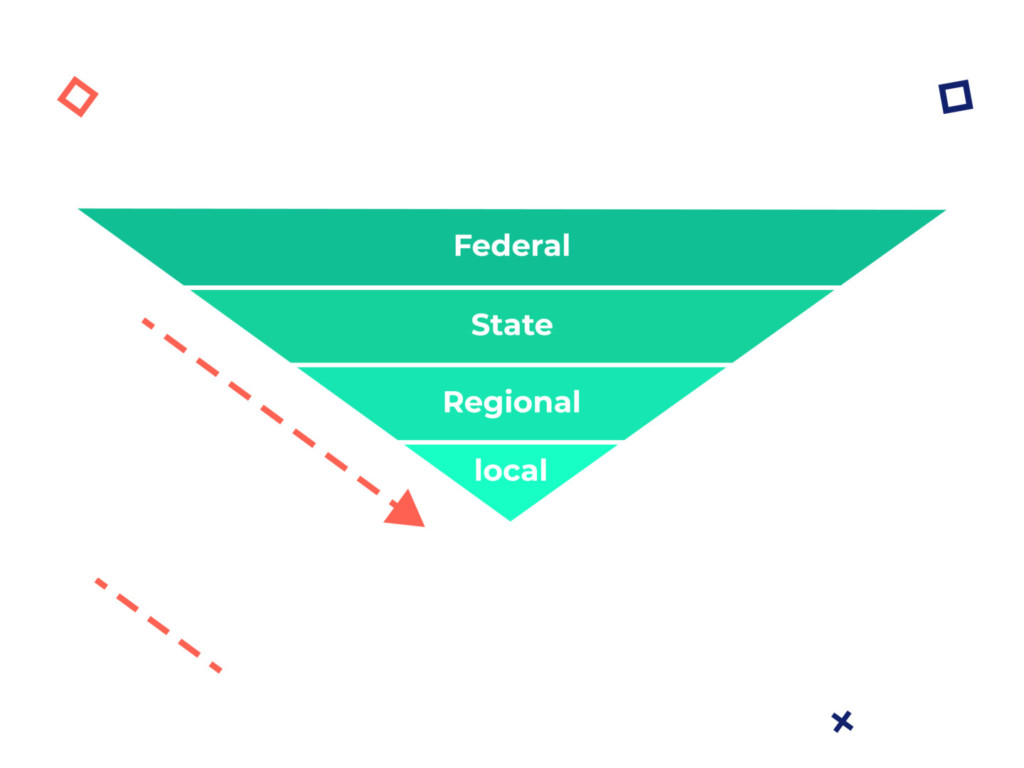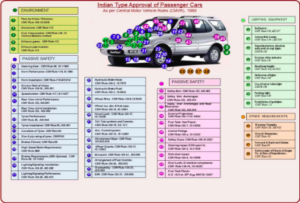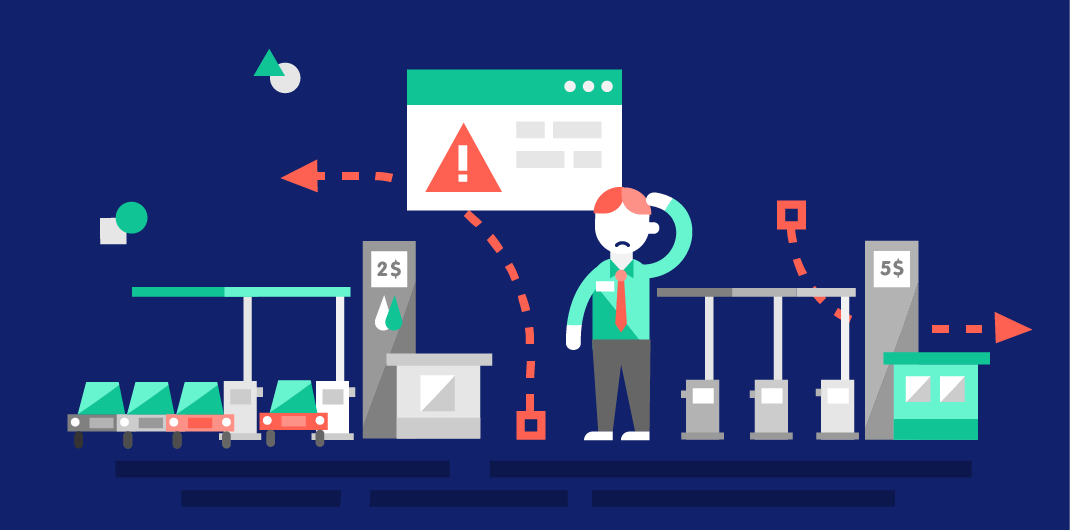Innovation is the name of the game in hardware startups…except when it isn’t. A rich grounding in industry standards is critical to technology adoption in many industries. Learn best practices to avoid innovating yourself out of a viable market.
Understanding the Rules of the Game
As a trail-blazing startup, the last thing that you want to hear about are the rules of the game. Researching what you can and cannot do in a particular industry can be frustrating when your overarching goal is to innovate, push boundaries, and launch a cutting-edge product. So, you tend to brush industry standards under the rug and promise yourself that you’ll get to them later. The problem is, “later” might be too late. In fact, “later” might end up jeopardizing your company as a whole.
Many industries in today’s marketplace are built upon an implicit or explicit set of standards. If you choose to play in one of these particular industries, then you have to play by those rules. By understanding how to accommodate existing industry standards, you can ultimately accelerate your product’s path to market. Depending on your industry, your product may need to meet government regulations and industry test standards, or it may require specific certifications. Spoiler alert: regulations, certifications, and industry standards are not always the same. What’s more, overlooking key requirements may mean changes to your design, capabilities, and manufacturing process down the line. If you’re short on cash, you can’t afford for that to happen. As such, we’re here to explain how to research the rules of play in your industry so you can understand how they impact your business.
Not All Industries Are Created Equally
If your company is just starting out, it’s important to do your homework and get the lay of the land. Some industries are more strictly regulated than others, so beware of the barriers to entry before you decide you want to play. Research well-established competitors to identify relevant industry standards, regulations, and certifications. If you don’t have to reinvent the wheel, then don’t do it – leverage their knowledge, research, and investment in legal work and use it to your advantage. You can even ask your customers to identify relevant regulations and certifications. Finally, become familiar with or join committees and other organizations that lead the development and publication of industry standards, regulation, and certification.
Keep in mind that a market is more likely to be heavily regulated if the following are true: consumer safety is key, litigation of potential product failures is high, corporate abuse of rules and regulations is prevalent, or government policies favor protection of consumers over manufacturers. For example, industries such as energy, transportation, healthcare, food, and defense are all heavily regulated.
3 Different Rules of Play
When it comes to your business, there are three main types of rules that you’ll want to research: 1) regulation, 2) certification, and 3) industry standards. They are all slightly different and thus have varying effects on your ability to sell into certain markets. Let’s start with regulation. In government, regulation is a piece of delegated legislation that’s drafted by subject matter experts to enforce a statutory instrument. Sometimes, legislation is specifically designed to regulate industries. In private industries, regulation is driven by self-regulatory organizations and trade associations that allow industries to make their own rules with less government involvement. To draw an example from the auto industry, U.S. regulation requires automakers to increase fuel economy to 54.5 miles per gallon for cars and light-duty trucks by model year 2025.
With regard to product certification, this refers to processes intended to determine if a product meets minimum standards – similar to quality assurance. Each country has its own certification systems and organizations, so make sure that you’re up to speed on certifications wherever your markets may be. As an example, the Environmental Protection Agency (EPA) is responsible for calculating the average fuel economy for each manufacturer in the auto industry. The Corporate Average Fuel Economy (CAFE) certification is done in one of two ways: 1) the manufacturer provides its own fuel economy test data to be audited by the EPA, or 2) the EPA obtains a specific make and model vehicle and tests it in their own facilities.
Lastly, an industry standard model is a set of universal operational process methods or tools that apply to most companies within a specific industry. It identifies the core dimensions, materials, and methodologies that those companies may use and supports business best practices. Generally, the language or style of the model is widely accepted. What’s more, standards are often self-imposed by industry in an attempt to reduce variability and lower overall cost. In continuing with our auto industry example, the Code of Federal Regulations (CFR) Title 40, Part 1066 outlines industry standard required testing procedures for measuring exhaust, evaporative, and refueling emissions.
Identifying Design and Manufacturing Drivers
There are a number of steps you can take to determine which regulations and test standards will drive your product design and manufacturing. First, research the actual “drivers” behind the regulations and test standards. What do they represent or protect on a more foundational level? Understanding this is key, along with how government and industry influence regulation and certification standards. Next, look outward: identify key product failure points with competing products and learn from their mistakes. Research consumer reports and warranty claims to identify potential pitfalls. Then, think about your testing process. Look into the testing requirements of organizations that develop and publish industry standards. Determine what testing can be done in-house versus externally through an independent test lab. Analyze how testing and certification will impact your costs, along with how their required lead times might impact your time-to-market.
Drivers can be particularly complex when it comes to regulation. The government has a multi-layered infrastructure, as shown below, which can present some issues. When you have to deal with Federal, state, regional, and local regulation to successfully launch your product, it can be frustrating and confusing. There may be uncertainty regarding timing and duration (particularly if there is a change in administration). Things quickly become complicated with so many “layers” interacting with each other. Nonetheless, you have to take each layer into account if you want your product to be a success.

Learning from the Auto Industry
To illustrate the extent of layered regulation, let’s take a closer look at an auto industry case study. Federal CAFE requires vehicles to be designed for better fuel economy, the Renewable Fuel Standard (RFS) is pushing for the development of biofuel vehicles, and the government is providing incentives to customers who purchase electric vehicles (EVs). Let’s move down one layer to state regulations. States like California and New York provide clean-truck vouchers. Not to mention, states have a subtle yet powerful influence over the auto industry in the form of gas prices and highway infrastructure spending. Many states waive tolls and HOV fees for clean vehicles or have special lanes designated for them.
Regional regulations also have an impact on the auto industry. The South Coast Air Quality Management District regulates the presence of diesel vehicles in the region as a means to decrease pollution and smog. At the local level, cities play a role in regulating the auto industry as well. The Drive Clean Chicago electric truck voucher program is one example of this. Some European cities have also implemented “congestion” charges to reduce traffic and emission. As you can see, there is no shortage of regulations in the auto industry. In fact, the graphic below illustrates everything that car manufacturers have to take into account when gaining approval for a new vehicle.

Of course, for all of the “glass-half-full” entrepreneurs out there, the future need not look so bleak. Many companies actually use regulations to their benefit, taking advantage of them as an opportunity to introduce new products. As you may have guessed, when it comes to the auto industry, this approach serves electric vehicle startups very well indeed. From where they are sitting, regulation is one of their biggest supporters. From Federal rebates for customers who purchase EVs, to investments in EV charging infrastructure, to free city parking and free charging for EV owners, regulation is anything but a barrier – if anything, it gives EV companies a leg up on their more traditional competitors.
Innovation…Within Reason
The effects of regulation, certification, and industry standards on hardware-based startups are not to be underestimated. To ensure that your product is set up for success, do your homework and know the rules of the game. This is not to discourage innovation and outside-the-box thinking; it’s to position you to play successfully within an industry. Over time, perhaps you can change the rules – or better yet, invent a new game altogether. But for now, it’s best to get smart on the rules as they stand today.
Just now digging into industry standards? Check out our list of standards in the auto and energy industry to help get you started.
Automotive
- SAE → http://standards.sae.org/automotive
- AIAG → http://www.aiag.org/
- USCAR → http://www.uscar.org/guest/index.php
Energy
- NAESB → https://www.naesb.org/
- Oil and gas → http://oilandgasstandards.org/
- Wind power → https://www.awea.org/resources/standards
- Solar power → https://www.seia.org/initiatives/codes-standards
Sign up to get more educational content sent directly to your inbox.

